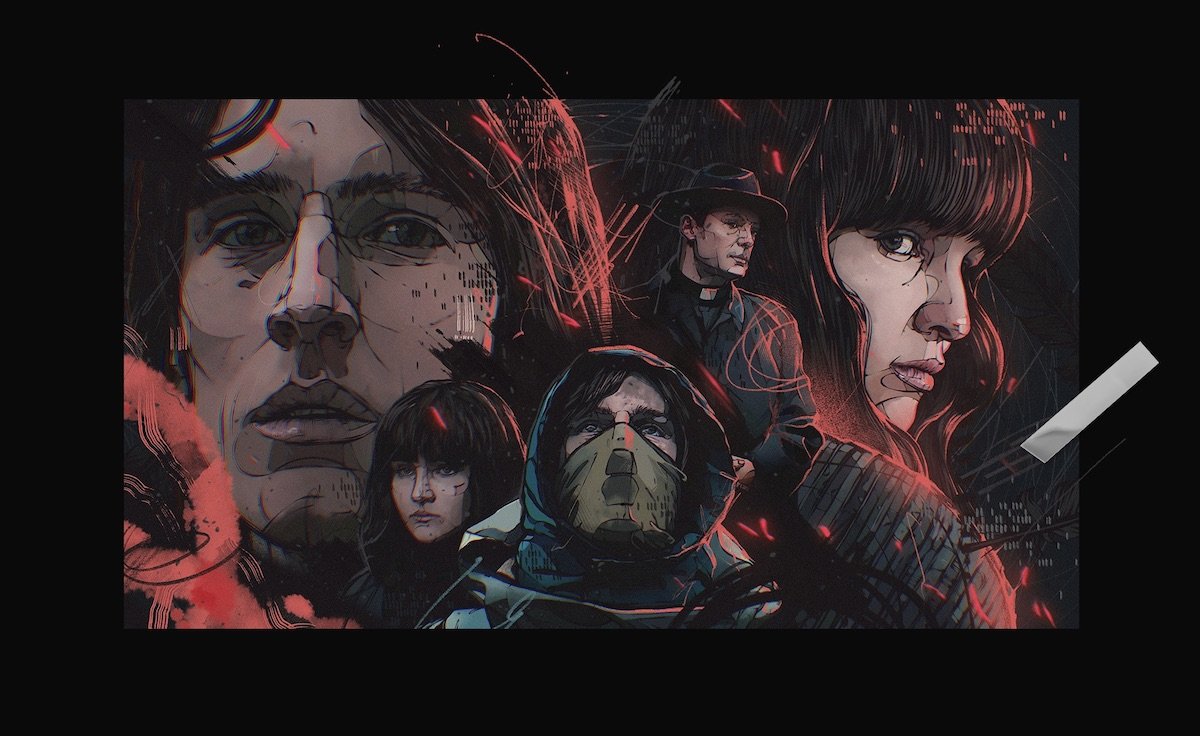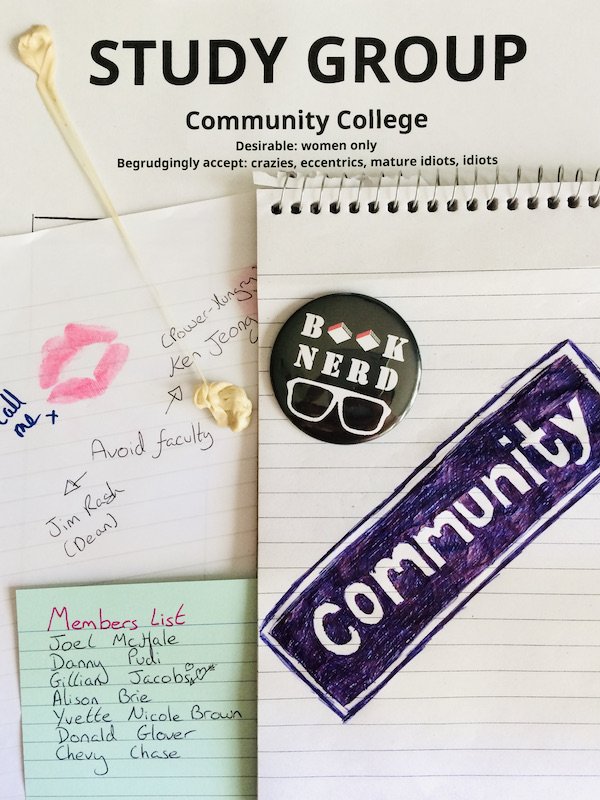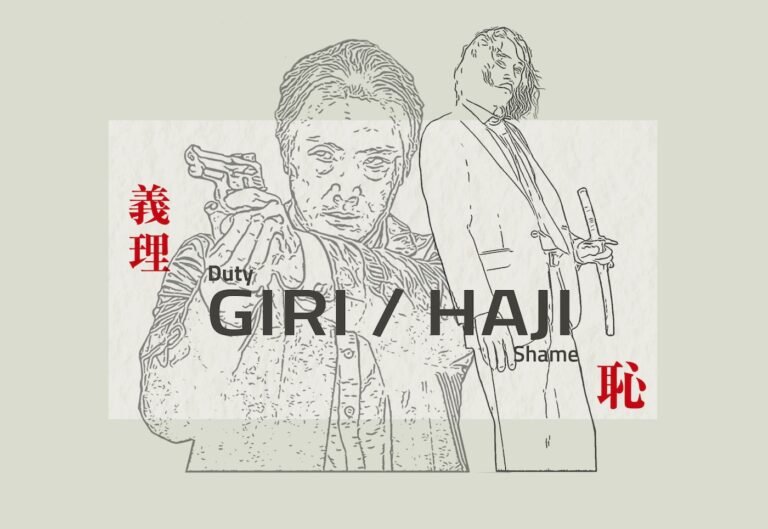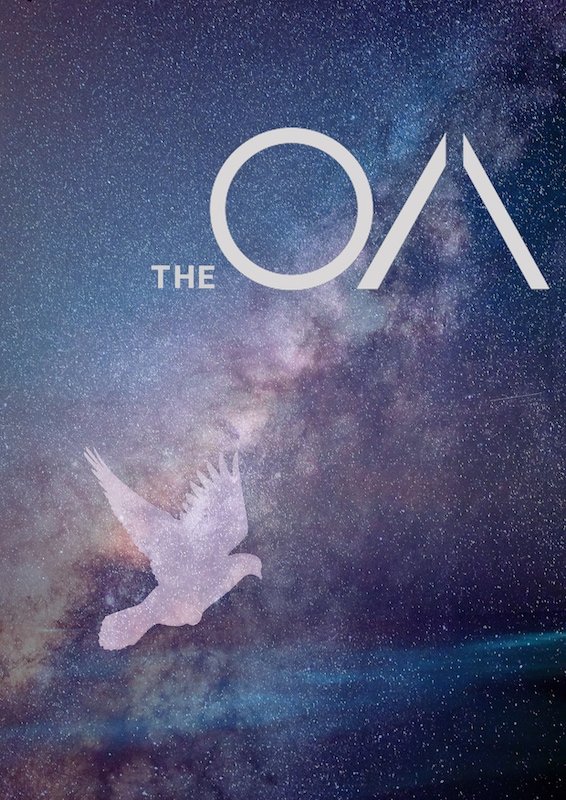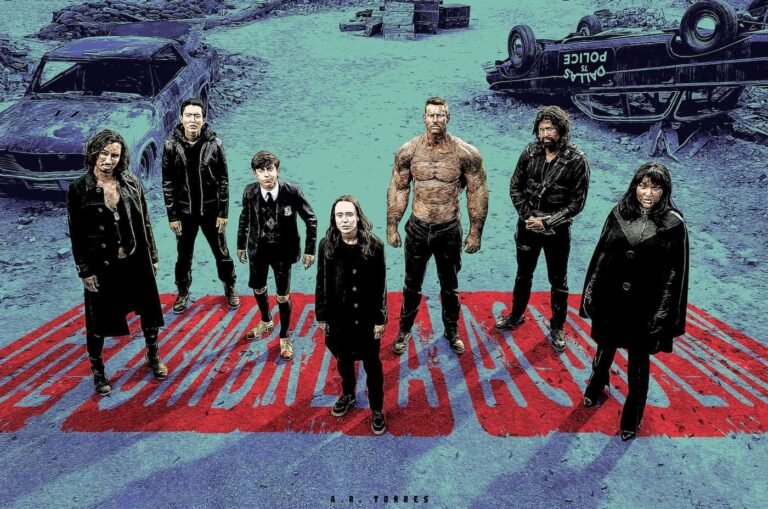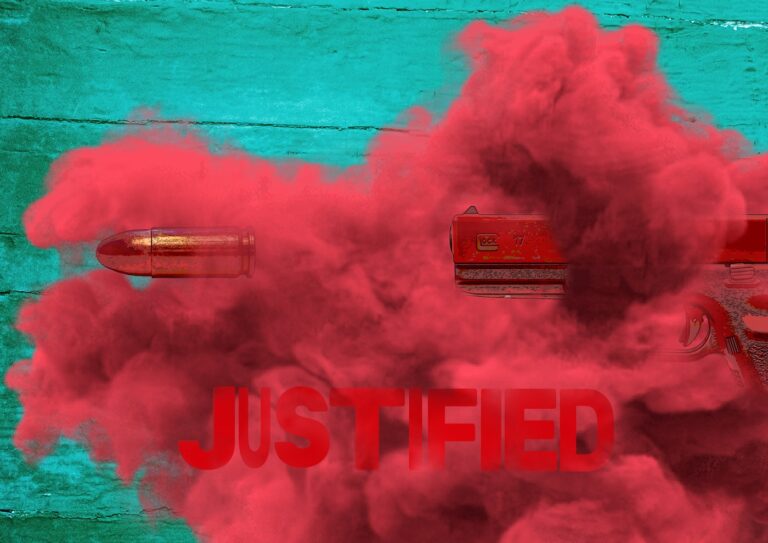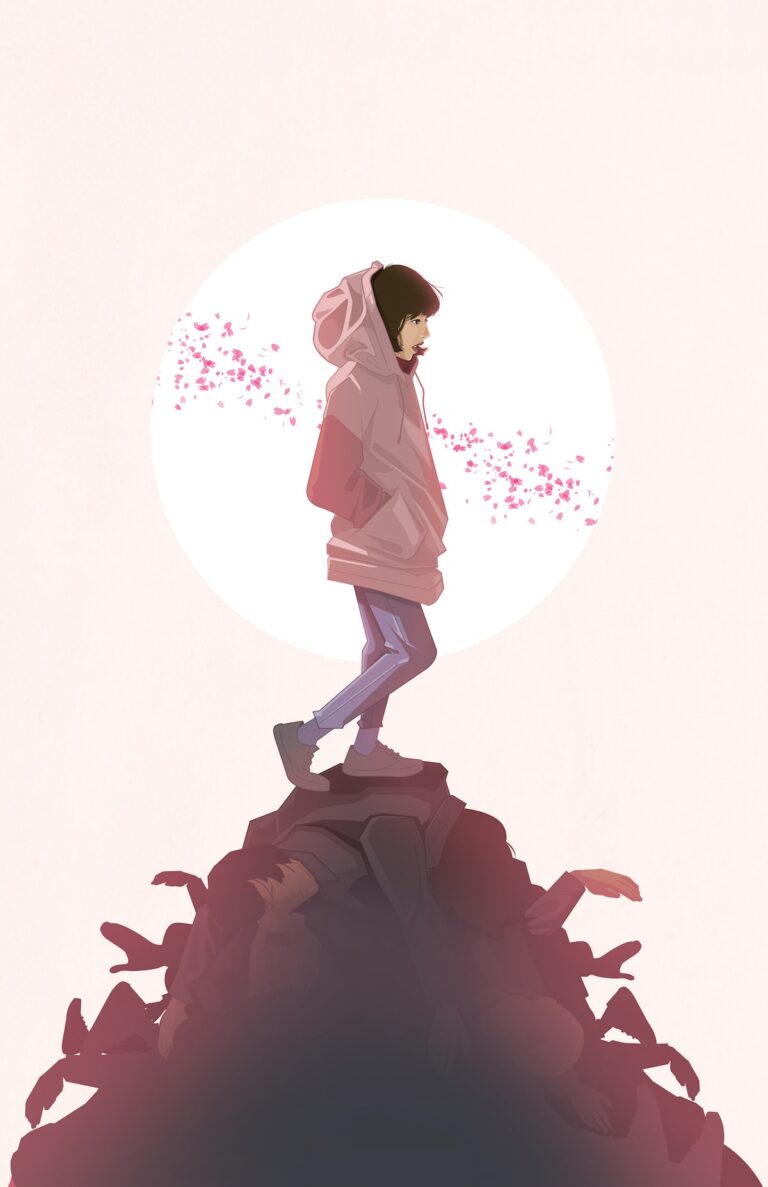Dark, like its name will leave you reaching out for the light – mysterious, complex, and more than a little twisted. Exploring the cause and effect of time in a small town, its deep rooted connections linking everyone in some way, and then there’s the bodies of children that keep turning up – a looped explosion of black wrapping around their eyes and ears.
A sci-fi thriller, Dark starts with a cryptic suicide note, its envelope stating that it mustn’t be opened till the 4th of November at 10.13pm and not beforehand. If this isn’t interesting enough the events from thirty-three years ago are happening again; birds are falling from the sky, and a child has gone missing in the strangest of nights. If that’s not creepy enough there’s a messed up 80s-style children’s room with matching music of the same period, cuddly toys, bunk-beds, a solid-steel door, and in the middle…an electrocution-type chair.
“There are things out there that our little minds will never comprehend”
Ensuring there’s not a chance in a million of guessing the outcomes and direction, the show tantalises with possible answers, clues and misdirection, while the bonded links of the town’s inhabitants, whether it’s by secrets, blood, affairs or desires, make an impressive list of who’s who. And so, like the show’s opening imagery, you might need your own wall of photos and connecting strings if you’re to keep up. But bear with it as the story slowly unravels some of its entanglements, and the patterns begin to pick themselves up with you realising as to why they’re happening, such as the flickering lights – for someone is messing with time.
As the first season progresses in a more linear fashion, so too do the stories of the past, each one introducing the audience to a multitude of perspectives – giving depth and insight to each character’s life, while in some cases the story of their past is told before their future. It’s easier to get your head around when the time difference is narrower, such as the parents when they were teenagers, while the grandparents to children are more complicated to match. Possibly a slower introduction to them, or maybe even less characters might help, or best of all; more defining features – though one does have a beauty spot for you to keep track of her timeline.
In Dark, teenage angst and moodiness are more than justified, and in fact some characters are disturbingly calmer than most would be, especially for one in the reveal of their family history – which is the only part of the story you could most likely guess at. The clues leading you to surmise something you don’t want to, but it’s the larger family implications that are darkly interesting.
Set in the fictional town of Winden, the place at first seems unremarkable, the people inside the everyday sort – but it’s all an appearance. For when you look close enough you see that the inhabitants are all keeping secrets; marriages are in trouble, bloodied clothes, drugs and separate rooms. Then there’s the nuclear power plant with its perfect record.
Over the course of just one episode, I found myself slowly pulling my feet in till I was stuck in a corner with my back against the wall for defence. This show can be ducking scary, but when you solve some of the riddles of Winden it becomes less frightening, and more fascinating.
Understanding the complexities of the show, the creators offer little hints here and there such as in the literature teacher, who through discussion of a book, offers a larger perspective to the zoomed-in narrative we’re shown;
“…symmetry is a special kind of doubling. The repetition is mirrored along a central axis. So, the repetition begins at an imaginary centre point and branches off in two opposing directions.”
Suggesting perhaps parallel loops to it all, with the opening credits of Dark emphasising its symmetry as images from the season are mirrored down their centre, creating a parallel to one another – dead animals, power fluctuations, burst eardrums, missing children – creating a look that’s as chilling as it is mesmerising. What’s more intriguing however is the opening credits third repetition – is there another time? place? or something else entirely?
One of the best thought-out shows to appear on TV, Dark is symbolically smart and cinematically clever, the seasons conveying a coldness to the episodes, whilst retaining a personal and empathetic touch to the families affected by missing loved ones. One of the best introductions to an episode makes use of a split-screen; with two detectives investigating the same mysteries but years apart; a contrast of adults to their teenage-selves – which tells of an obsession that still continues; and finally, the present-day children and their complicated bonds. The artistry involved in Dark is spectacular, the props highly intricate, the make-up effects incredibly realistic and the CGI is close to anything Hollywood can produce.
What makes a show like Dark so popular is its unpredictable nature, you expect twists and turns in thrillers, mysteries etc but eventually you pick up the direction they’re heading towards, for in truth it follows a formula. But Dark has no basis or structure, and in this you’ll never be bored.
Creators: Baran bo Odar & Jantje Friese
Other notable works:
- Who Am I 2014

